People who visit my Encino home in the summer, when my vegetable garden is in full glory, often remark that they’d like to have one too. I always wonder if they’d still feel that way if they could see me on a typical summer day when I’m covered in dirt, bugs in my hair, smelling like fish emulsion. If you’re doing it yourself, tending a veggie garden is a lot of work.
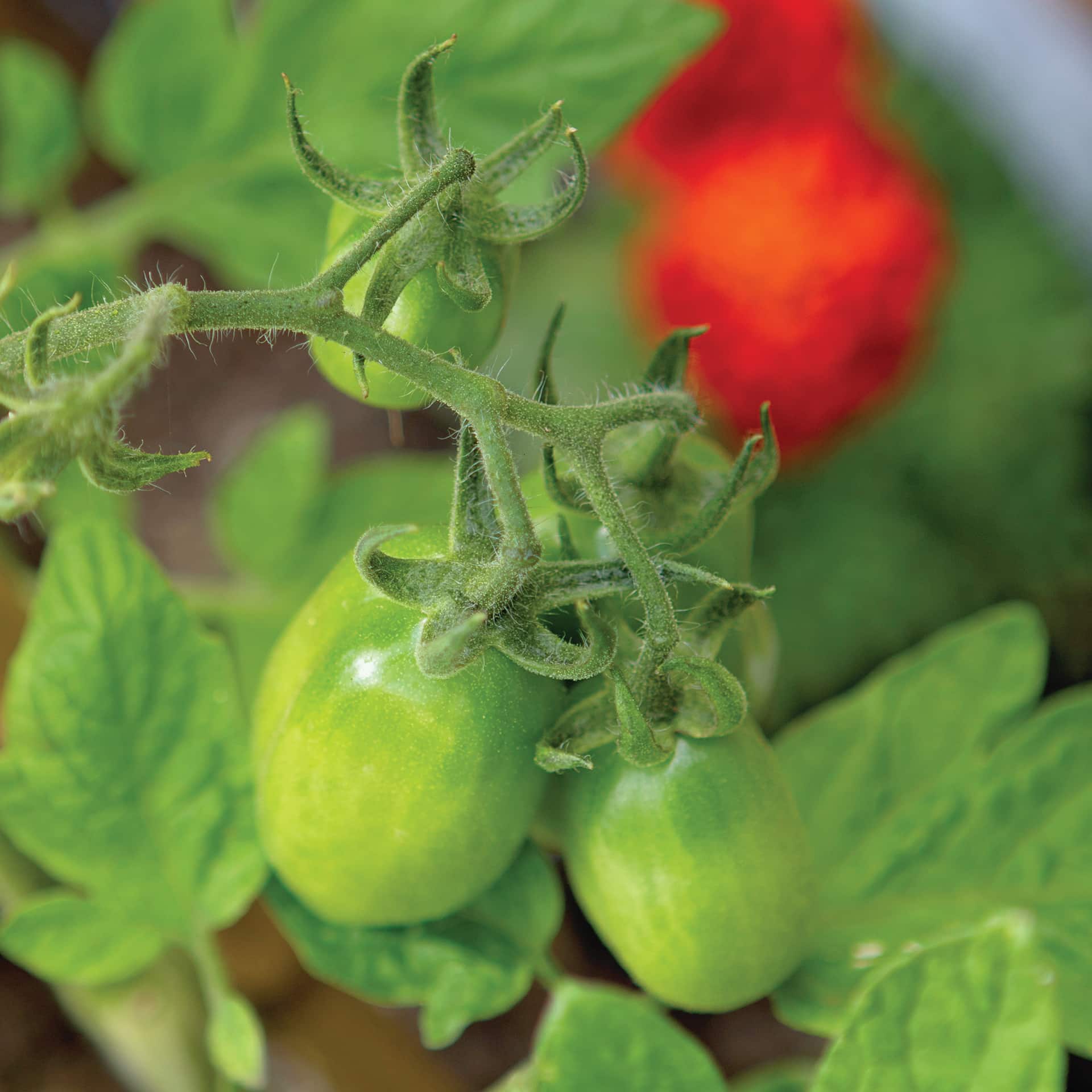
As urban gardener Whitney Wade sees it, monitoring a veggie garden is a daily task, with watering at the top of the list.
“It’s important to monitor the weather and adjust watering accordingly,” she says. “The first few days and weeks, when plants are establishing themselves, I tend to water a lot—maybe five or even seven days a week, especially if temperatures are in the 90s or above. But after the first few weeks, during typical weather (70s and 80s) it’s best to let things dry out a bit between waterings, and to cut back to three to four times a week.”
After years of doing my Encino summer veggie garden myself, this year I turned to Whitney of Plant Grow Eat to up my game. I’d experienced disappointing results in recent years due to poor soil conditions (despite copious amounts of amendment), thieving rats and insect damage. Whitney convinced me to plant above-ground, utilizing 100-gallon galvanized bins. I was concerned that they’d be an eyesore, but once the plants grew in and dangled over the side, I found the bins charming—not to mention effective. In 20 years of gardening, never have I experienced such picture-perfect bounty.
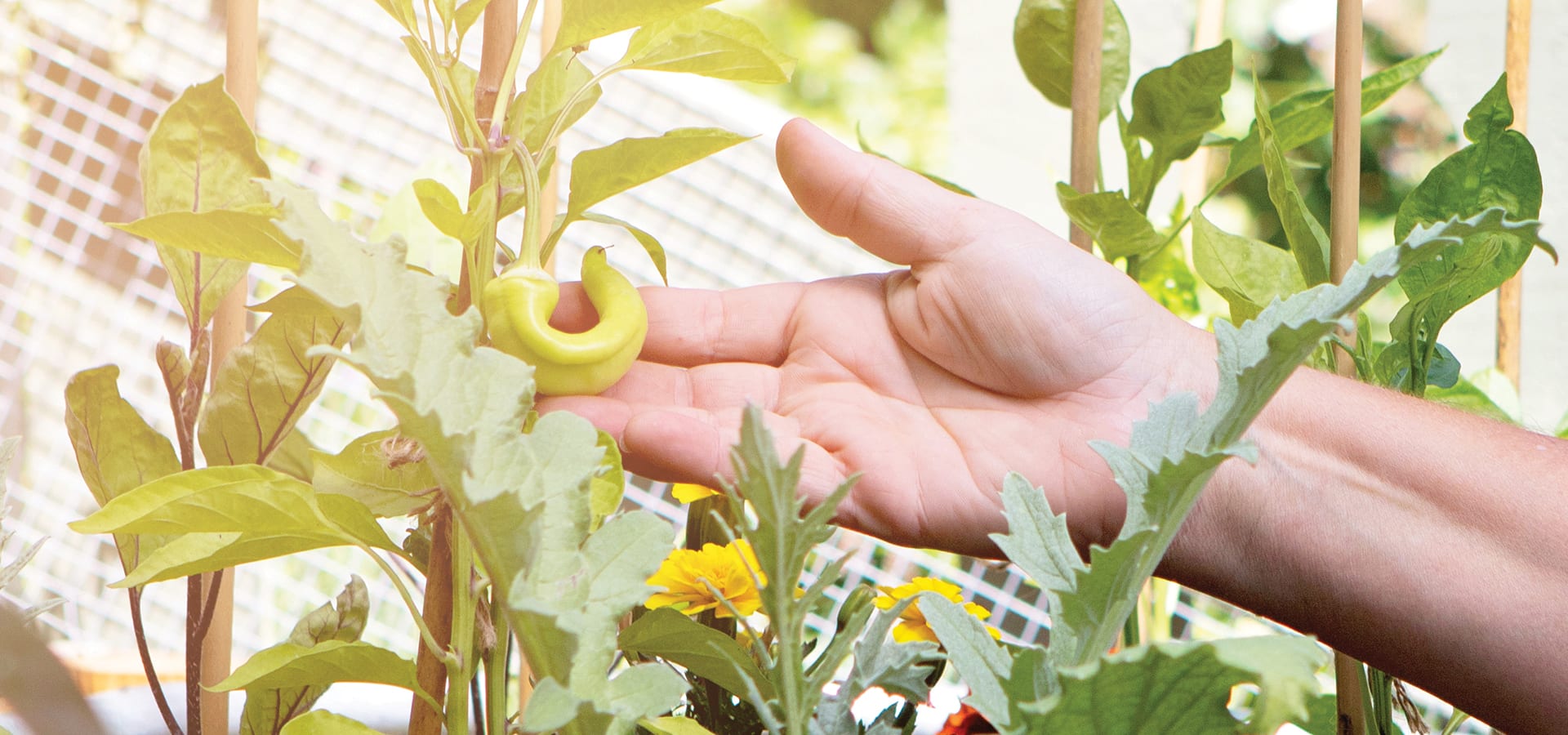
“I recommend raised beds because you can really control your environment. With good soil and organic amendments, we can create the kind of soil conditions that veggies thrive in. Secondly, we have more control over moisture conditions. And raised bins deter many pests and animals. For extra protection, we reinforced Linda’s existing picket fence with half-inch chicken wire.”
Another constant with a vegetable garden is pest management.
“I’m always on the lookout for a few different things: holes in leaf centers, bites around the edges, brown spots or little lines in a leaf. You may not actually see the pest, but these are clues that enable you to pinpoint what’s causing the damage, and treat the plant before it’s too late.” (See sidebar for more.)
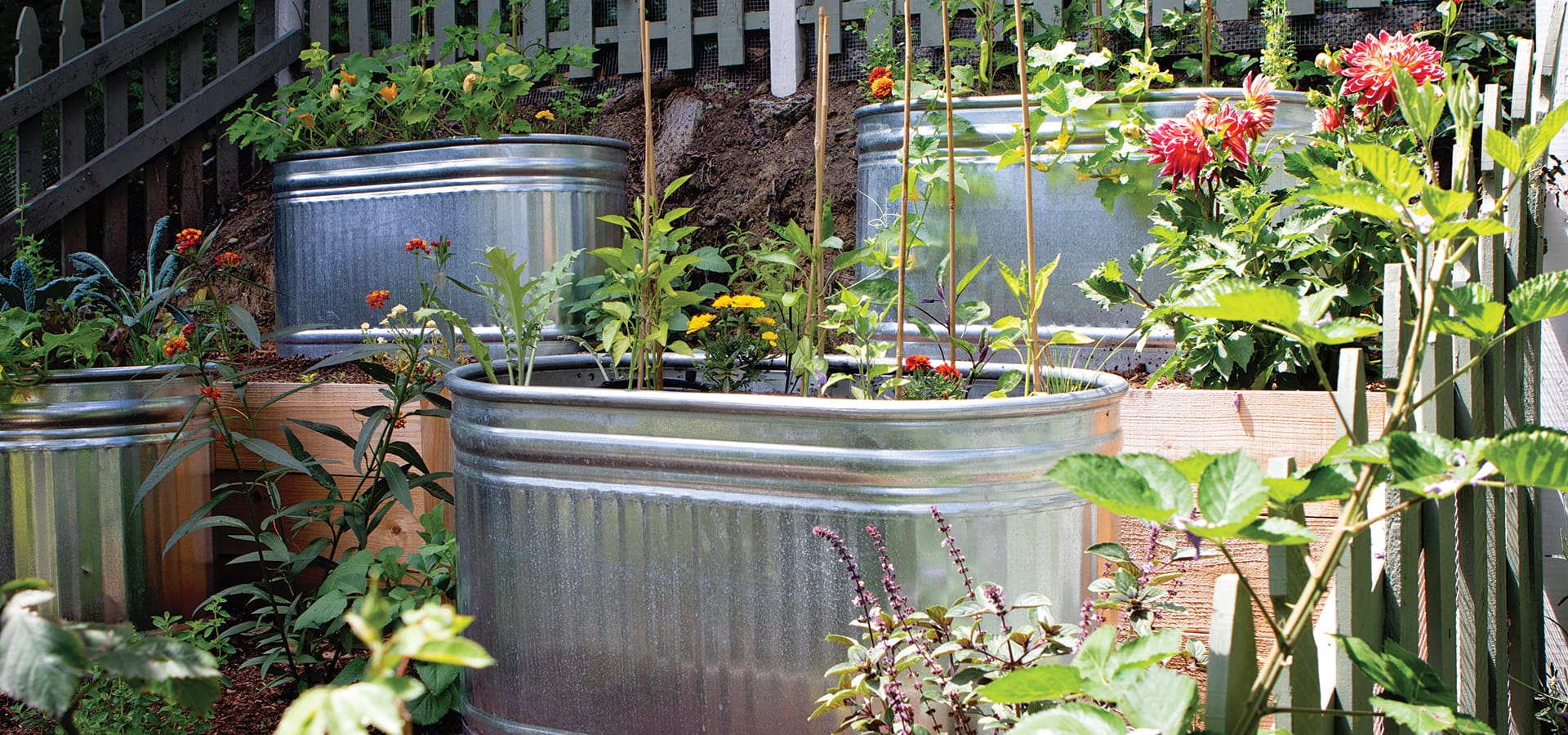
As an organic gardener, Whitney believes that pesticides are not only unhealthy, but they also kill good bugs along with bad. Instead, she uses natural methods like focusing on soil health and companion planting—e.g., planting flowering basil near tomatoes. She also uses earth-friendly fertilizers and sprays to manage pests and disease. (See sidebar for more.)
As we head into summer, with green tomatoes already on the vines, bright yellow squash blossoms cascading down the bins, and bush beans beginning to sprout, I’m excited about al fresco summer dinner parties, adorning the tables with simple, colorful dishes that let the veggies take the starring role.
It’s a score for Whitney as well.
“It’s always a fantastic reward to help another household grow food. There are so many benefits, and a greater good when you share a meal or a crop with friends. Linda is a perfect example. She uses her gardening as a tool for relaxation and grounding. That’s so important now, with everything going on in the world.”
For more on Whitney’s services, as well as her new line of garden kits, go to plantgroweat.com.
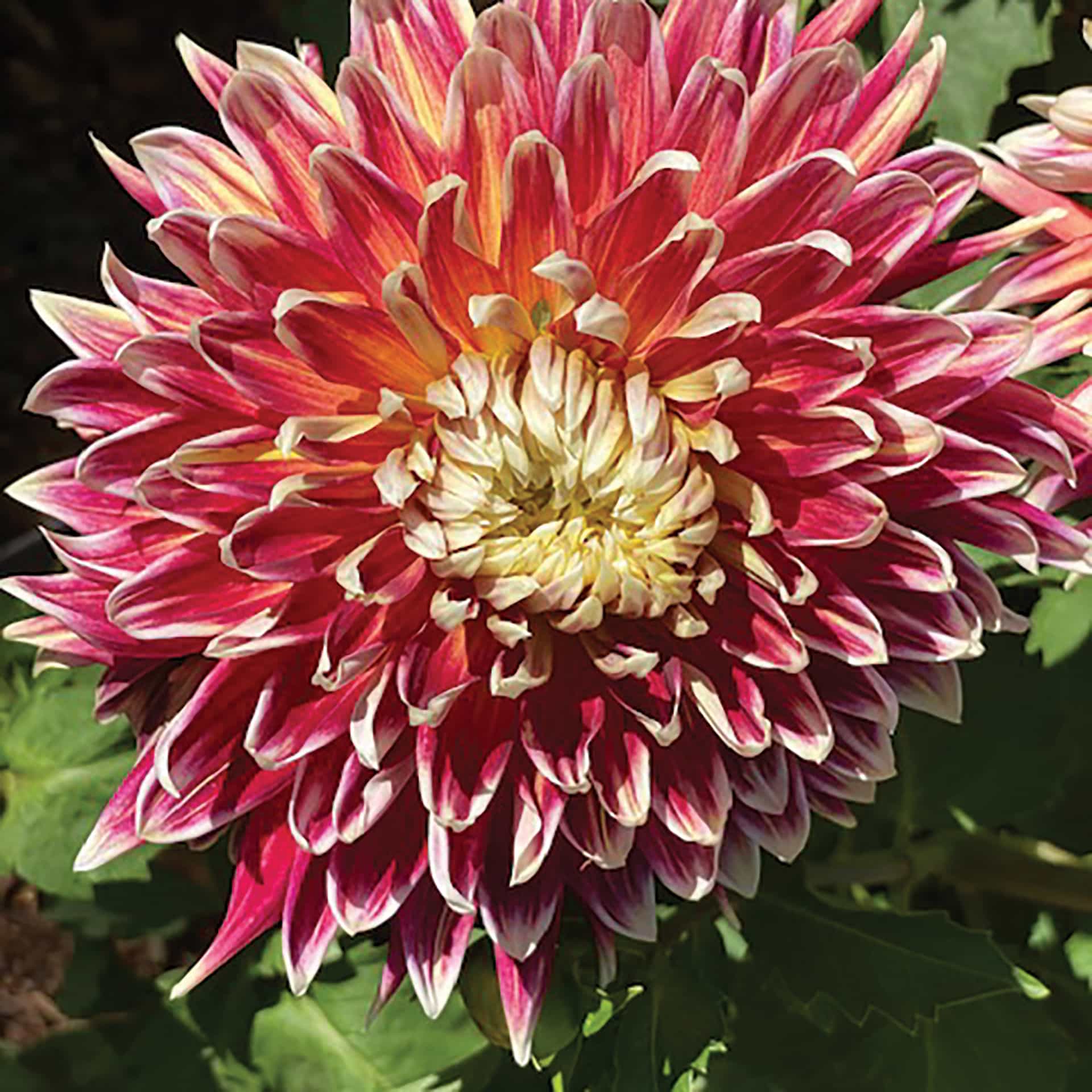
Whitney’s Valley Veggie Garden Handbook
Pests & Problems
Holes –If there’s a hole in the center of the leaf, generally it’s a moth. Not much you can do. If eaten along the leaf edge, it’s probably caterpillars. Check the backs of damaged leaves for pests and eggs, which can look like dirt. Remove and lightly spray with an organic pesticide specifically for caterpillars. I like to use Bacillus thuringiensis, known as Bt.
Brown Spots –When I see brown spots, especially on plants with delicate leaves like basil or lettuces, I suspect slugs or snails. They like to hide in crevices and nooks between the soil and sides of beds. Remove the pest, and if the leaf is too far gone, trim it away. Toss some Sluggo Pro in the bed for prevention.
Hornworm Caterpillar –When it starts to get hot in July, lookout for hornworm caterpillars, a tomato’s big foe. They’re the exact color of the plant’s stalk, so they’re hard to spot. After chowing on plants, they can get as large as your index finger. Hornworms can decimate a crop overnight, so look carefully and remove immediately. If you decide to use an organic pesticide, be careful not to spray the tomato’s yellow flowers.
Black Spot –A soil-borne bacteria, black spotcan infect the lower leaves of plants and spread upward when not caught early. Tomato plants are particularly susceptible. If the spots are on just a few leaves, trim and throw away. If several areas are affected, spray the entire plant with an organic copper fungicide, avoiding the yellow flowers on tomatoes.
Yellow Leaves –Can be a sign of too much or too little water so check the soil. It can also mean that the plant needs food. Note: as plants get established over the first few weeks, leaves do yellow at the bottom. Just remove.
Aphids – These can appear like a fine white dust and cause leaf curl. Check the undersides of leaves. Brush or spray off with water, and spray leaves on both sides with organic insecticide soap soap that’s safe for organic vegetable gardens.
Ants –Ants like the secretion from aphids. So if you see ants, look for aphids on the leaves, and especially on new growth. Remove aphids with hands and then spray an insecticide.
Leaf Miners –Leaf miners live inside a slightly raised, light-colored vein on a leaf. Typically I’ll just lightly press down along that vein to smash.
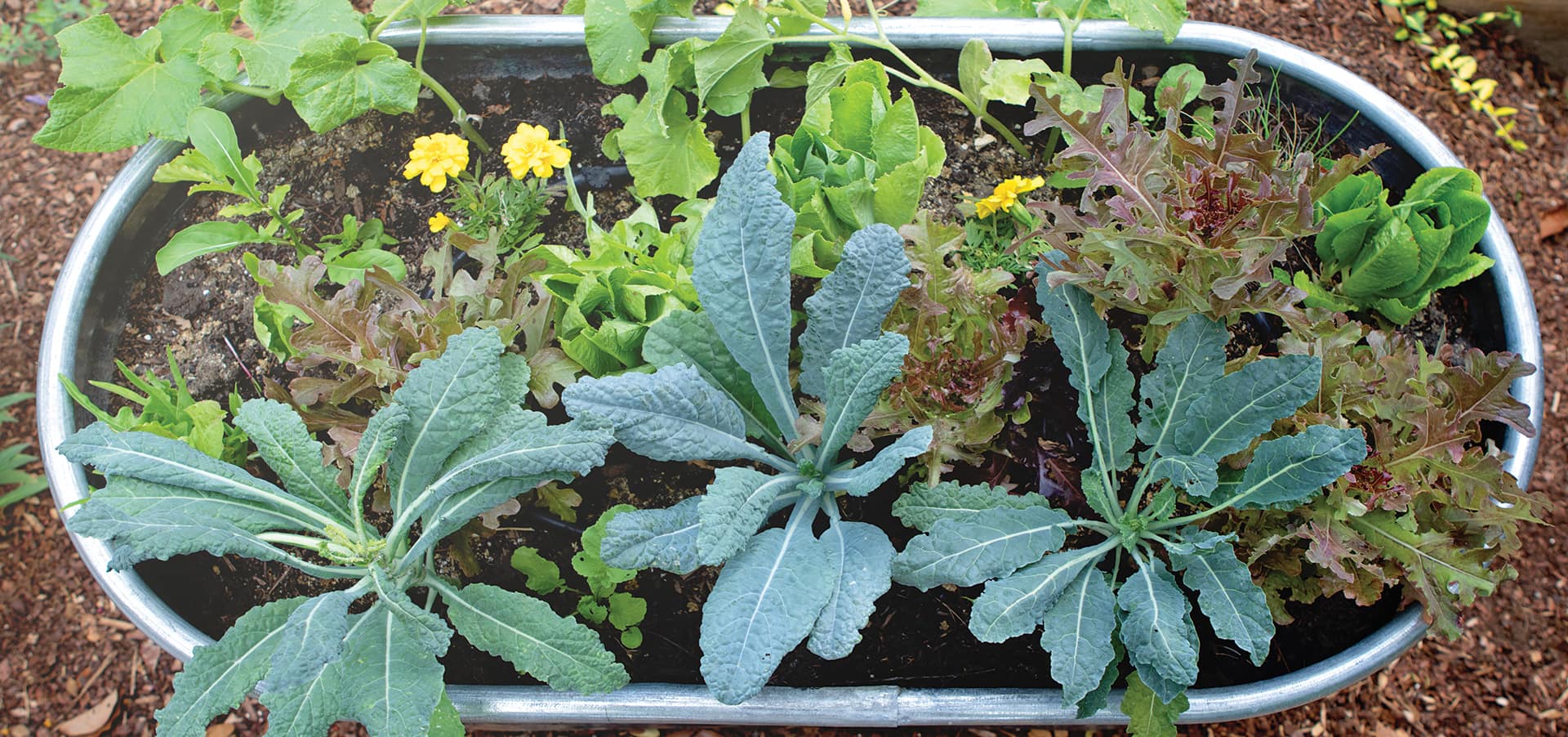
General Tips
Tomatoes –As it grows, train the plant up the stake by continually adjusting the twine tie higher. Snip off suckers that grow at a diagonal out of the L-shape created by the main stalk and the leaves. The goal: build strength in the main stalk. Once the plant reaches 4 feet or so, stop cutting suckers.
Veggie Fertilization –Once a week, alternating an organic granular fertilizer specifically for vegetables, liquid fish emulsion, and liquid kelp seaweed.
Berry Fertilization –Fertilize quarterly; once strawberries start to fruit, put a layer of straw at the base to keep pests away.
Harvesting –If you squeeze the vegetable and it gives a little, it is ready to pick. For lettuce, gradually snip off leaves from the outer rim. Once it starts growing upward and flowering, pull out plant and toss seeds in to begin again. Heartier spinaches and kales tend to work best in summer heat.
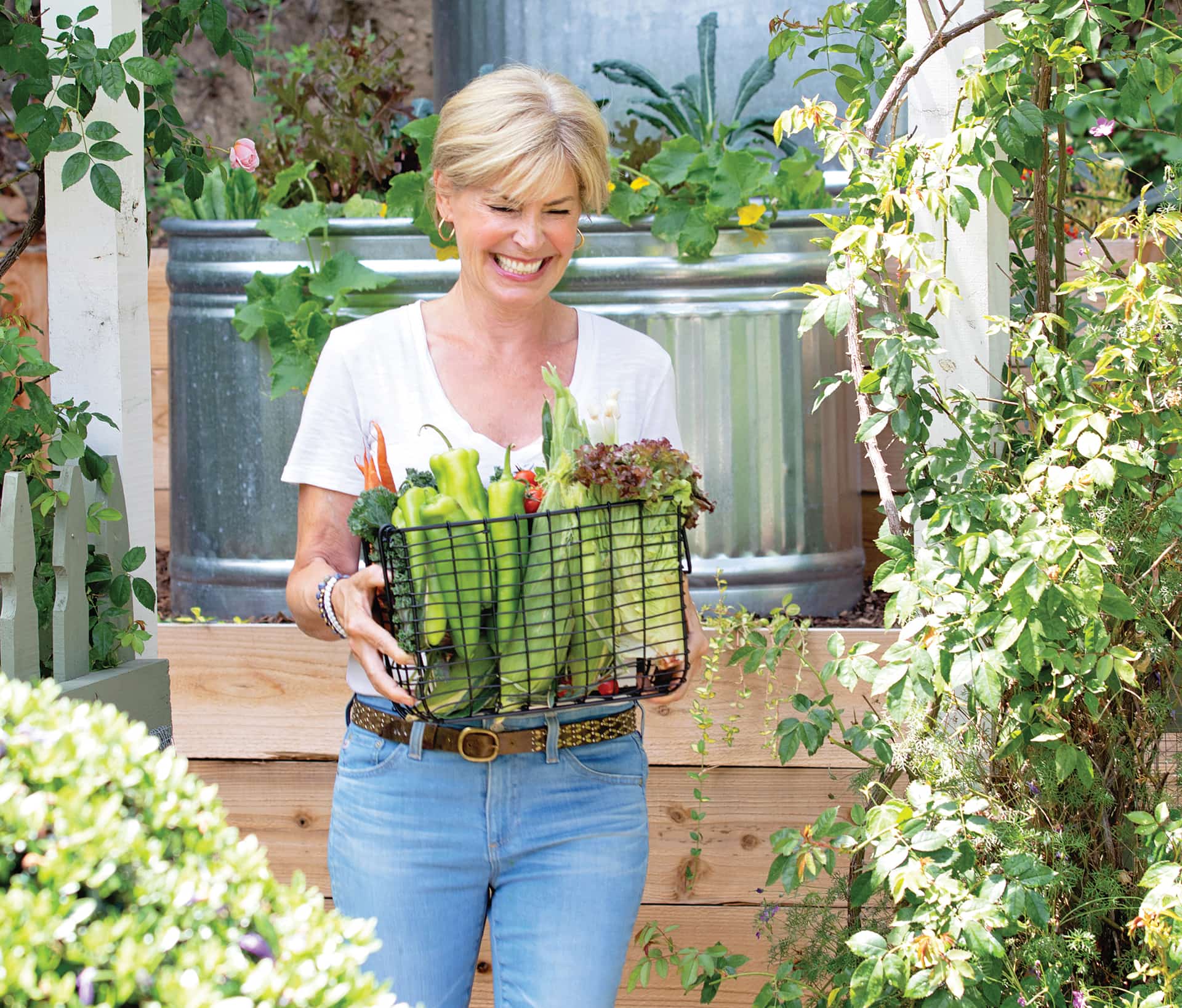
Join the Valley Community









